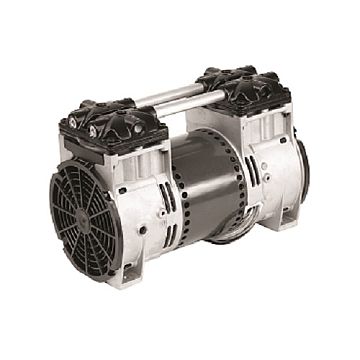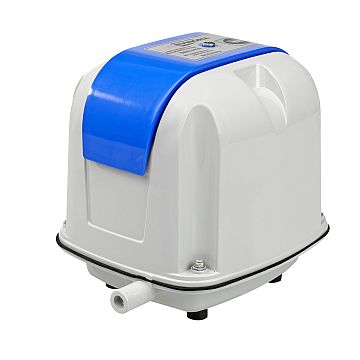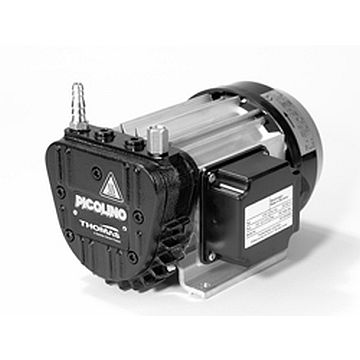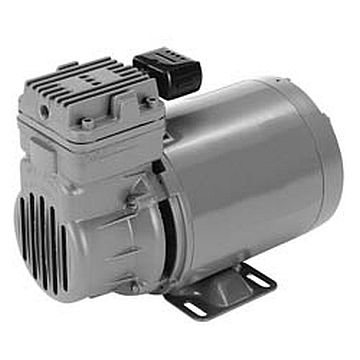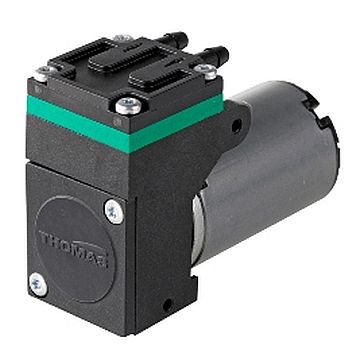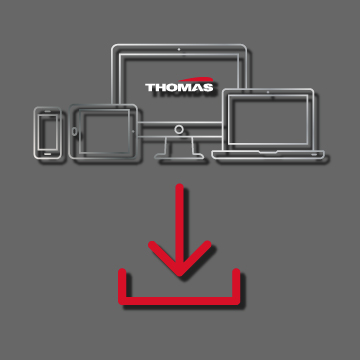Thomas supports your manufacturing goals with a broad range of vacuum pumps and compressors for various industrial and manufacturing applications. Reliable compact constructions powered by best-in-class motors makes the Thomas solutions stand out from on the market. We are a trusted partner that provides value added engineering with comprehensive testing and in-house engineering resources.
Printing
Digital inkjet systems are used in a vast range of applications, from wide-format printing to decorative printing on textiles, wood or ceramic tiles. These applications usually work with drop-on-demand (DoD) technology. For product identification applications continuous inkjet (CIJ) is often the choice of technology. Both technology feature a range of gas and liquid pumps for ink transfer and circulation as well as degassing and meniscus pressure control. Gas and liquid diaphragm pumps ensure the highest print quality and system uptime.
Our Pumps for Inkjet Printing
Air Vending
Coin operated air vending machines can be found throughout the world. They offer an inexpensive source of air 24 hours a day for inflating bicycle, car, truck tires, etc. These machines require a rugged, heavy-duty compressor capable of high flow at high pressure with high pressure restart that can withstand harsh environments that the outdoor seasonal elements can present.
Particle Counters
Particle counters are used for sizing, counting, generating, and dispersing aerosol particles. Applications include filter testing, atmospheric aerosol measurement, and biological aerosol detection to name a few.
Pick & Place
Pick and place is a type of vacuum handling. For practical purposes, vacuum handling can be segregated into three types: gripping, handling, and clamping. These systems handle or pick up anything from small optic parts, too small to be picked up by a human hand, to lifting/handling large granite slabs.
Any vacuum handling system requires a generator to provide the necessary vacuum either pneumatically or electrically. For lighter smoother surface work pieces sub 110 lbs (50 kg), fractional horsepower AC/DC diaphragm or rotary vane pumps excel in vacuum handling applications that are mobile or on sites without shop air.
Fuel Cell
A fuel cell is an electrochemical energy conversion device that converts hydrogen and oxygen into water, producing electricity and heat in the process. A fuel cell provides a DC (direct current) voltage that can be used to power motors, lights or any number of electrical appliances. There are several types of fuel cells, each using a different chemistry process.
 Global (EN)
Global (EN)
